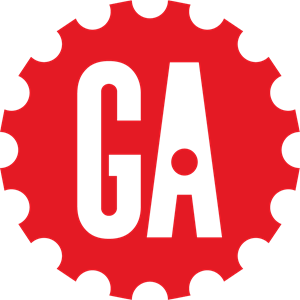Is UX/UI Designer a Good Job? Pros and Cons

Are you considering a career as a UX/UI designer? With the rise of technology and digital products, the demand for skilled designers in user experience (UX) and user interface (UI) has increased significantly. But is being a UX/UI designer a good job? In this blog post, we will explore the pros and cons of pursuing a career in this field, as well as the essential skills and qualifications required. We will also discuss the career outlook and important factors to consider before making a decision.
Career Outlook for UX/UI Designer
The career outlook for UX/UI designers is promising. As technology continues to advance, the demand for skilled designers who can create seamless user experiences will only increase. According to the Bureau of Labor Statistics, employment of web developers, which includes UX/UI designers, is projected to grow 8 percent from 2019 to 2029, much faster than the average for all occupations.
Factors to consider before deciding on a career as UX/UI Designer
Before embarking on a career as a UX/UI designer, it's important to consider the following factors:
-
Passion for design: Are you genuinely interested in design and enjoy the creative process? A passion for design will drive you to continually improve your skills and stay motivated in this field.
-
Continuous learning: As mentioned earlier, the field of UX/UI design is constantly evolving. Are you willing to invest time and effort in continuous learning to stay updated with the latest trends and technologies?
-
Collaboration and communication: UX/UI designers often work in teams and need to collaborate effectively with other professionals. Strong communication and interpersonal skills are essential for success in this field.
-
Job market saturation: While the job market for UX/UI designers is growing, it's also becoming more competitive. Are you prepared to put in the effort to stand out from the competition and continually improve your skills?
Final Thoughts
Being a UX/UI designer can be a fulfilling and rewarding career choice for individuals with a passion for design and problem-solving. The demand for skilled designers is high, and the salary range is competitive. However, it's important to consider the challenges, such as high competition and time-consuming processes, before making a decision.
If you're interested in pursuing a career as a UX/UI designer, it's crucial to acquire the necessary skills and qualifications. Consider enrolling in vocational training programs or classes that can provide you with the knowledge and hands-on experience needed. Platforms like Dreambound can help you find the perfect training program for your needs. Dreambound is the largest platform for students to find vocational training programs, such as allied health or industrial trades. Their mission is to provide all the information students need to find the perfect class. So, explore your options, acquire the necessary skills, and embark on an exciting career journey as a UX/UI designer.
For those looking to get started in this field, Dreambound's array of state-specific guides can be a valuable resource. And if you're in a different area, don't miss out on our other helpful guides.
- How to Become a UX/UI Designer in Florida
- How to Become a UX/UI Designer in Idaho
- How to Become a UX/UI Designer in New Hampshire
- How to Become a UX/UI Designer in New Mexico
- How to Become a UX/UI Designer in Utah
Contemplating a transition in your career or exploring various professional paths? Dreambound has written comprehensive guides on nearly every type of program to aid you in your decision.

Blessed Joy Amarga is part of the Growth and Sales teams at Dreambound. She helps bring in new leads, increasing the number of people at the top of the sales funnel, and supporting the team in creating graphics to boost social media engagement. Blessed is also a Licensed Architect. Outside work, she enjoys traveling and exploring new places for her vlog.





